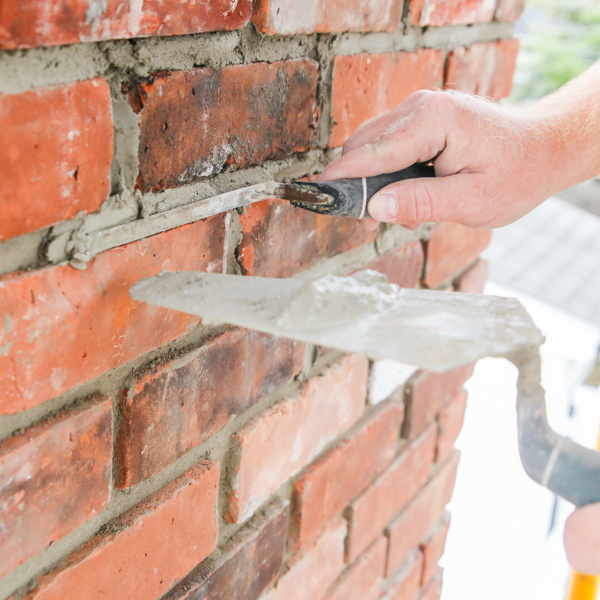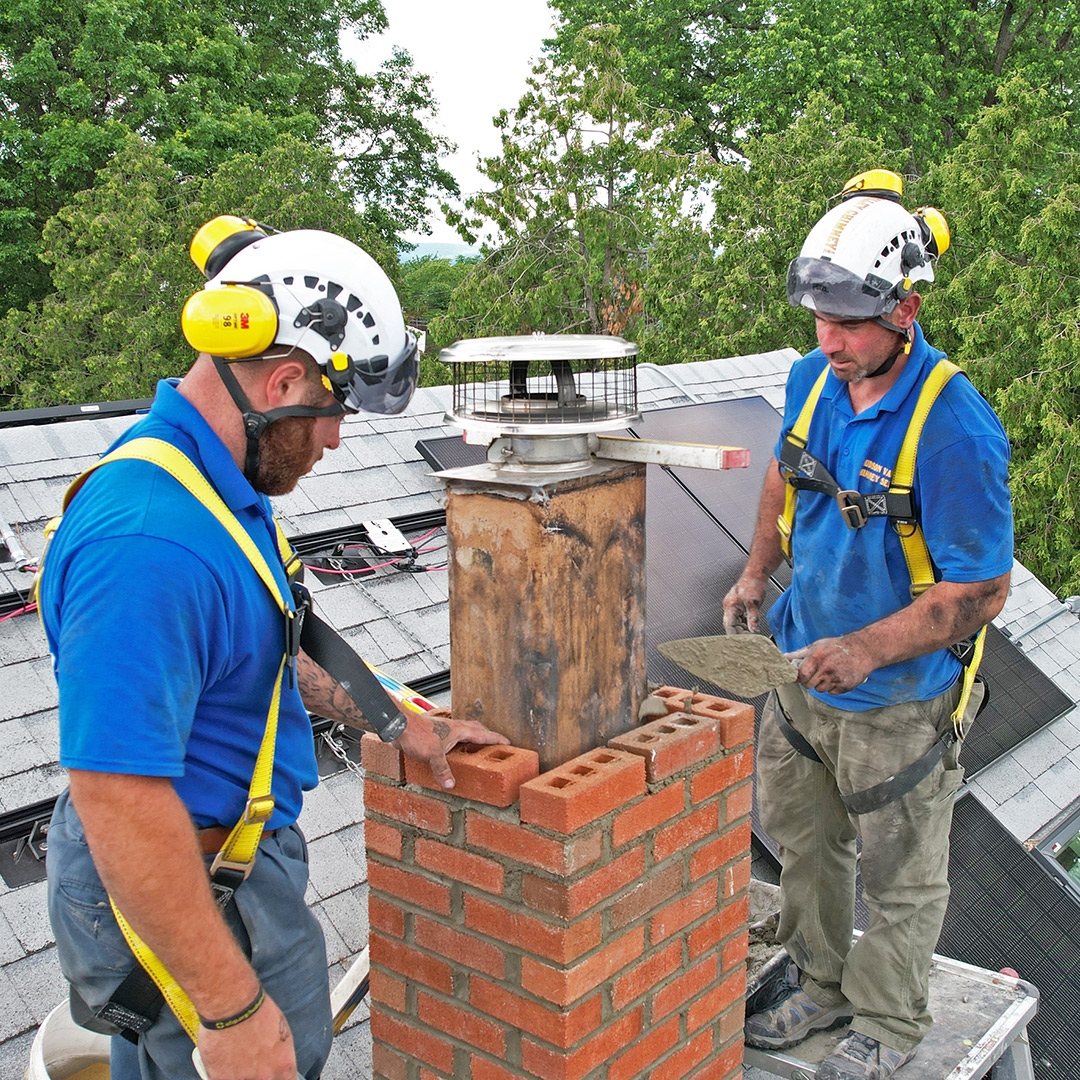Reliable Tuckpointing Services for Fixing Brick and Stone Surfaces
Reliable Tuckpointing Services for Fixing Brick and Stone Surfaces
Blog Article
Opening the Tricks of Lasting Masonry Construction Practices for Eco-Friendly Buildings
Amongst the myriad methods to environmentally friendly building, sustainable stonework building stands out as a tried and true and resilient technique that holds a wide range of untapped capacity. From the choice of materials to innovative building and construction strategies, the tricks to attaining sustainability within stonework construction are multifaceted and intriguing.
Advantages of Lasting Masonry Building And Construction
Embracing lasting stonework construction methods not just reduces environmental influence yet additionally provides long-lasting financial advantages to contractors and neighborhoods. By using materials like recycled blocks, obstructs, and rocks, builders can substantially lower the carbon impact of their projects while promoting source efficiency. Additionally, sustainable stonework building and construction techniques, such as appropriate insulation and thermal mass residential or commercial properties, can improve energy performance within structures, leading to decreased functional prices over time.
Furthermore, the durability and strength of masonry structures add to long-lasting financial advantages. Structures constructed using sustainable stonework techniques often require much less upkeep and repair, translating to set you back savings for building contractors and homeowner. The longevity of masonry materials additionally makes sure that frameworks continue to be secure and secure, decreasing the requirement for frequent renovations or replacements.
Eco-Friendly Stonework Products
Making use of eco-friendly masonry materials is a crucial step in the direction of boosting the sustainability of construction methods and reducing ecological influence while optimizing lasting financial benefits. Sustainable masonry materials are sourced, created, and used in a fashion that reduces overall environmental effect. Lasting concrete obstructs include recycled aggregates and might include improved insulation buildings, contributing to energy effectiveness in structures.
Moreover, all-natural products like adobe, rammed earth, and straw bales offer exceptional thermal mass residential or commercial properties, reducing the need for home heating and cooling energy. These materials are usually locally available, advertising local economies and decreasing transportation-related carbon emissions. By picking environment-friendly masonry materials, construction tasks can significantly reduce their environmental impact and contribute to the development of healthier, much more sustainable built environments.
Energy-Efficient Masonry Strategies
Energy performance plays a critical function in enhancing the sustainability of stonework building methods. By implementing energy-efficient stonework strategies, home builders can considerably decrease the overall power usage of a building, bring about reduced operational prices and a smaller environmental footprint. One vital energy-efficient masonry technique is the usage of thermal mass, which includes incorporating thick materials like concrete or block right into the building's framework to soak up and store warmth. This assists regulate interior temperature levels, minimizing the requirement for mechanical heating and cooling down systems.

Developments in Lasting Stonework
Recent advancements in lasting masonry methods have brought about cutting-edge techniques that are reshaping the building and construction sector. One such development is the development of self-healing concrete, which utilizes bacteria installed within the concrete to recover fractures autonomously. This advancement not only reduces upkeep prices but also enhances the durability of stonework frameworks, adding to their sustainability.
Another notable technology is the usage of recycled aggregates in stonework building - masonry contractor. By integrating materials such as smashed ceramic waste or recycled glass into concrete mixes, builders can lower the ecological effect of building projects while keeping structural integrity. This technique not just diverts waste from landfills but additionally conserves all-natural sources, making it an essential advancement in lasting masonry construction
Moreover, the integration of electronic layout tools, such as Structure Info Modeling (BIM), is transforming the means stonework structures are intended and built. BIM permits more exact computations, reduced product wastage, and boosted energy performance, eventually resulting my review here in even more sustainable structure methods. These developments collectively signify an appealing future for lasting masonry building in the period of green buildings.
Future Trends in Stonework Sustainability
With the cutting-edge strides made in sustainable masonry methods, the future fads in masonry sustainability are poised to additional revolutionize the building sector. One of the essential patterns forming the future of stonework sustainability is the increased integration of innovation. Innovations such as my explanation Building Info Modeling (BIM) and digital fact simulations are being utilized to optimize masonry building procedures, leading to reduced material waste and improved energy effectiveness in buildings.
Moreover, the growth of unique lasting products is set to play a considerable function in enhancing the eco-friendliness of masonry building and construction. masonry contractor. Innovations like self-healing concrete, recycled aggregates, and bio-based binders are acquiring grip for their capacity to minimize environmental effect while keeping structural honesty

Final Thought
In final thought, sustainable stonework construction techniques provide countless benefits for eco-friendly buildings. masonry contractor. Innovations in sustainable stonework are constantly being developed to even more improve the ecological efficiency of buildings.
Report this page